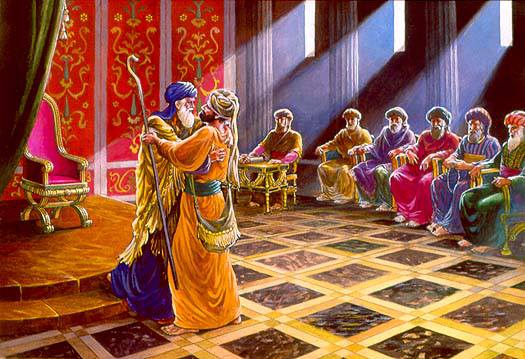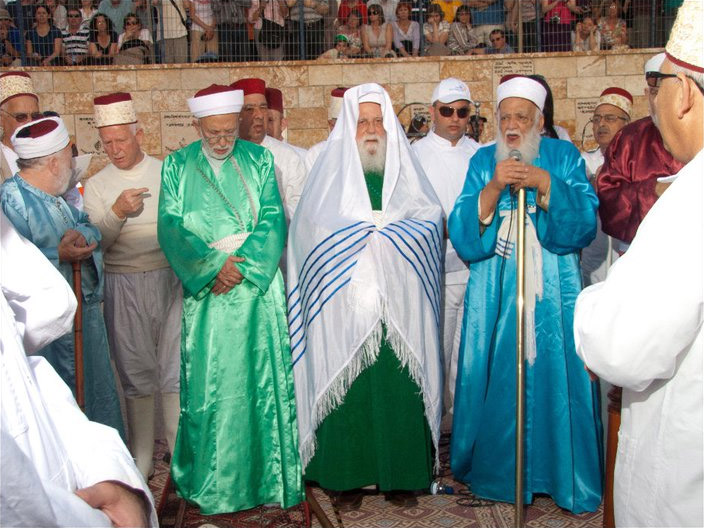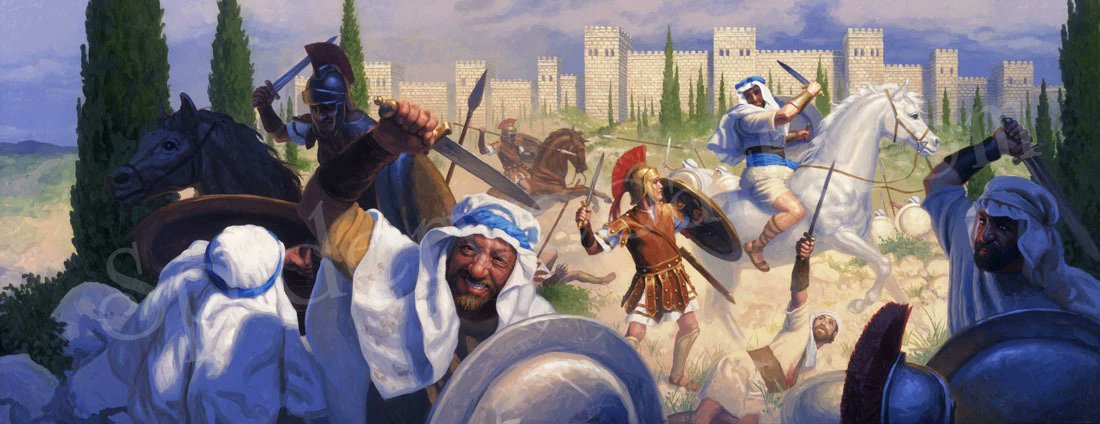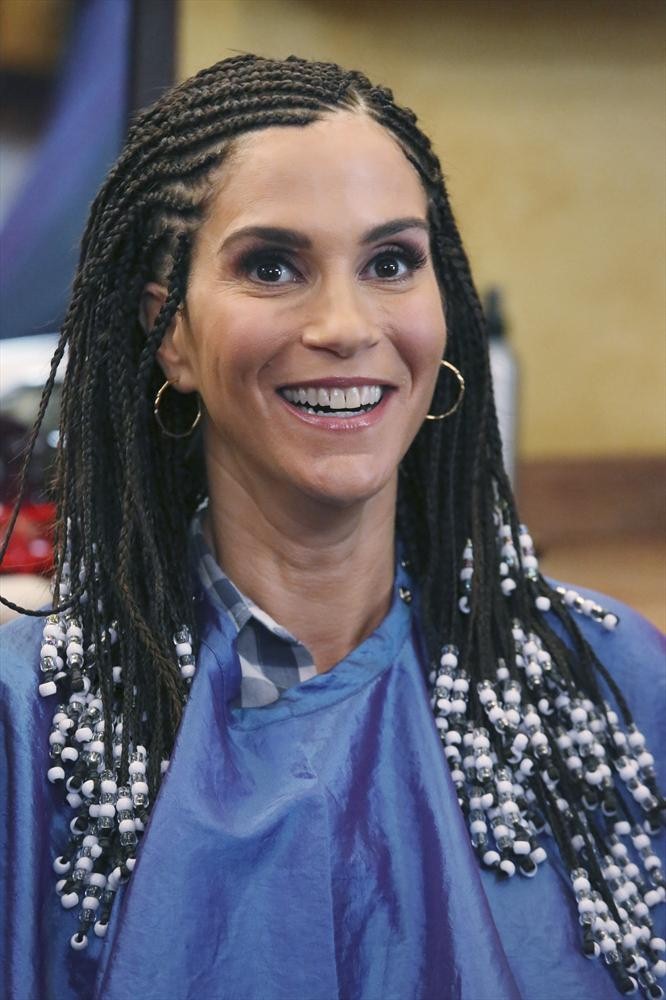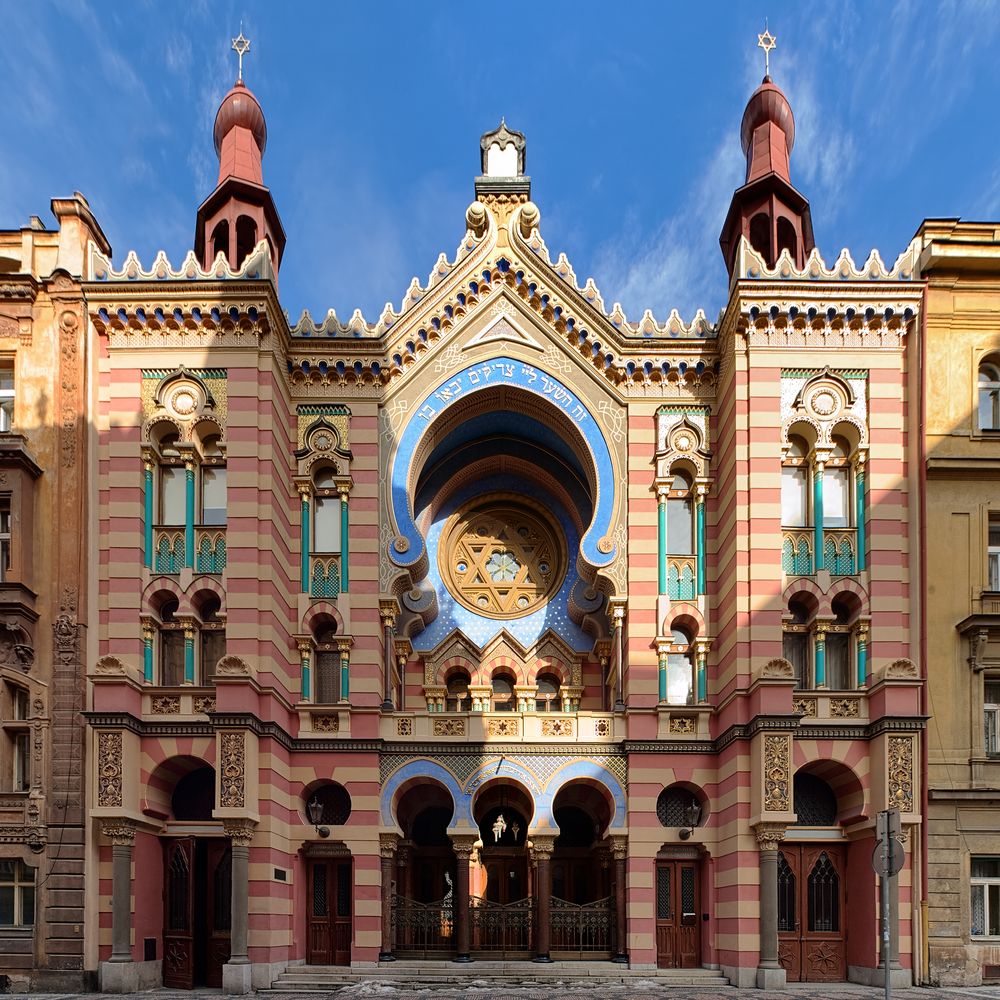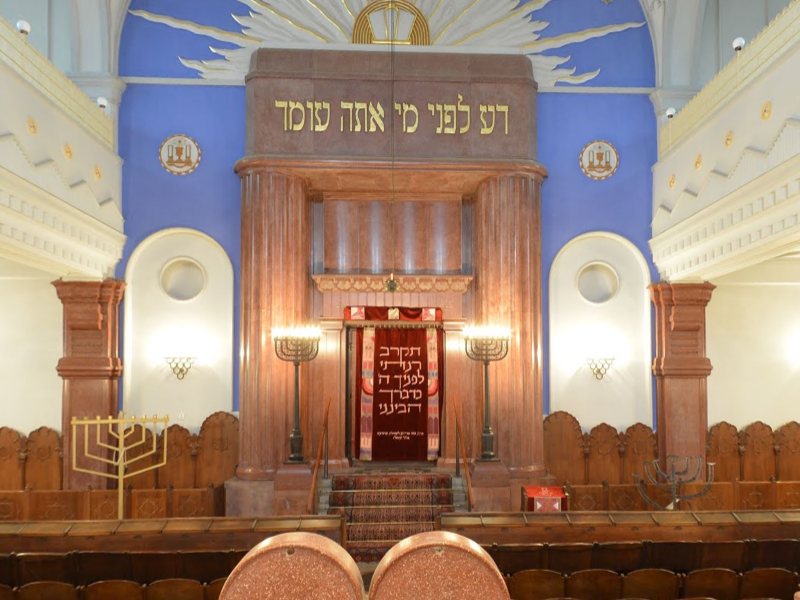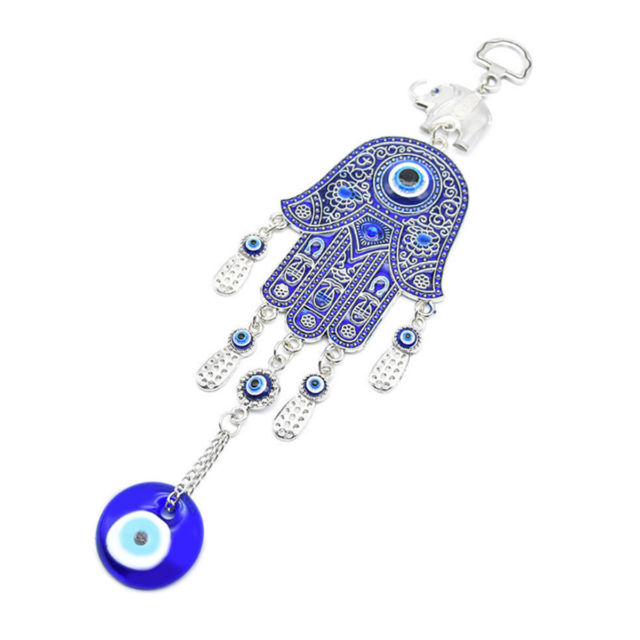Ashkenazi Israelis are not only accused of "stealing Arab cuisine", but Middle Eastern culture as a whole. In their narrative, we& #39;re "Europeans" who have no genuine roots in any part of the land and have "falsely" claimed Levantine culture as our own.
This, too, is a lie.
This, too, is a lie.
Nearly all of the customs, items, etc that Ashkenazi Israelis are accused of "stealing" (if not all of them) have, in reality, been attested to in ancient Israel - by the Torah, the Talmud, and Biblical scholars themselves.
To wit, Ashkenazim are not "stealing" or "appropriating" anyone else& #39;s traditions. We& #39;re merely reclaiming our own. As an indigenous people of Israel, our liberation from centuries of exile has enabled us to re-incorporate traditions and customs we had been robbed of.
Turbans
These are mentioned at least 11 times in the Old Testament as miznefet (i.e. “to wrap”). They were worn by both ordinary people and by priests.
On the right is a Biblical scene. On the left is Idan Raichel, who is entirely of Ashkenazi descent.
These are mentioned at least 11 times in the Old Testament as miznefet (i.e. “to wrap”). They were worn by both ordinary people and by priests.
On the right is a Biblical scene. On the left is Idan Raichel, who is entirely of Ashkenazi descent.
Robes
Robes are also mentioned in the Torah, and are referred to as “adderet”. They are seen as a symbol of glory or wealth, and were also commonly worn by priests. In some cases, they still are.
On the left are Samaritan Israelites. On the right are three Ashkenazi Israelis.
Robes are also mentioned in the Torah, and are referred to as “adderet”. They are seen as a symbol of glory or wealth, and were also commonly worn by priests. In some cases, they still are.
On the left are Samaritan Israelites. On the right are three Ashkenazi Israelis.
What is interesting to note about turbans and robes is that both were preserved by Ashkenazim in medieval Europe (see Gersonides, as an example). But due to climate factors, and general antisemitism (see: Sumptuary laws), they gradually fell out of use.
Although not entirely.
Although not entirely.
Abaya
In Hebrew, it is called the sudara or sudra. It is a large square piece of woolen cloth folded diagonally in half into a triangle. It is known to have been worn by Jews in pre-colonial (read: pre-Roman and pre-Arab) Israel.
In Hebrew, it is called the sudara or sudra. It is a large square piece of woolen cloth folded diagonally in half into a triangle. It is known to have been worn by Jews in pre-colonial (read: pre-Roman and pre-Arab) Israel.
Dreadlocks
These are mentioned in the Nazirite vows of the Torah. In fact, the Rastafarian movement is known to have been profoundly influenced by Judaism. In diaspora, they became peyot.
On the left is Idan Raichel, on the right is Jami Gertz. Both are Ashkenazi.
These are mentioned in the Nazirite vows of the Torah. In fact, the Rastafarian movement is known to have been profoundly influenced by Judaism. In diaspora, they became peyot.
On the left is Idan Raichel, on the right is Jami Gertz. Both are Ashkenazi.
Colorful, "Eastern" style art
Yes, we& #39;ve been accused of appropriating this too.
As you can see below, this too existed in pre-diaspora times.
The first two photos are of artifacts/designs that existed in ancient Israel. The latter two are modern Judaica.
Yes, we& #39;ve been accused of appropriating this too.
As you can see below, this too existed in pre-diaspora times.
The first two photos are of artifacts/designs that existed in ancient Israel. The latter two are modern Judaica.
Hell, there are even East European synagogues (and synagogues in North America, including Reform ones) that manifest this same style. See below.
Hamsa
Hamsas were believed to have existed since ancient Carthage, which was a Phoenician colony. This means we certainly had knowledge of them in pre-exilic times. They are and remain popular among Ashkenazim to this day.
Hamsas were believed to have existed since ancient Carthage, which was a Phoenician colony. This means we certainly had knowledge of them in pre-exilic times. They are and remain popular among Ashkenazim to this day.
Middle Eastern music/instruments
Instruments such as the oud and lute have existed since Biblical times. Even in diaspora, Ashkenazi music (klezmer) usually contained a distinctly "Middle Eastern" musicology. https://www.youtube.com/watch?v=WwFCMDKs7Ik">https://www.youtube.com/watch...
Instruments such as the oud and lute have existed since Biblical times. Even in diaspora, Ashkenazi music (klezmer) usually contained a distinctly "Middle Eastern" musicology. https://www.youtube.com/watch?v=WwFCMDKs7Ik">https://www.youtube.com/watch...
So yes, Ashkenazim do have a valid, authentic claim to ownership over turbans, robes, Middle Eastern-style art, and so on. This is part of our heritage too.
The people who say we only own streimels and gefilte fish are being ignorant and racist.
The people who say we only own streimels and gefilte fish are being ignorant and racist.

 Read on Twitter
Read on Twitter